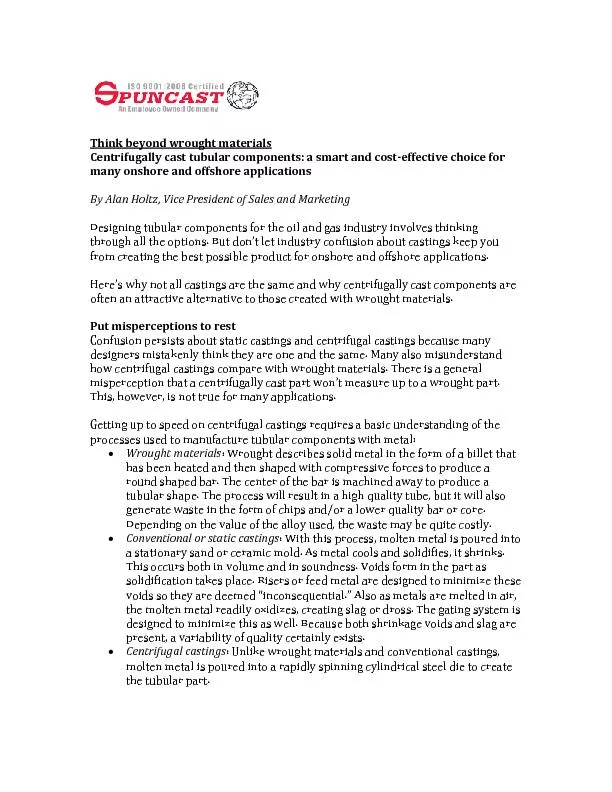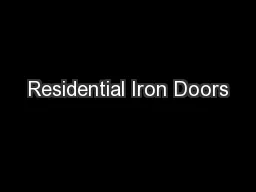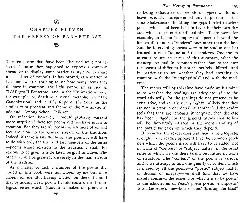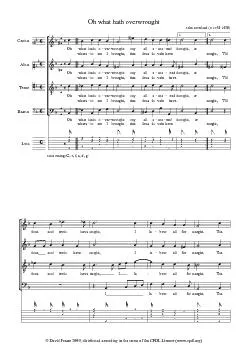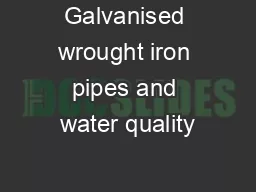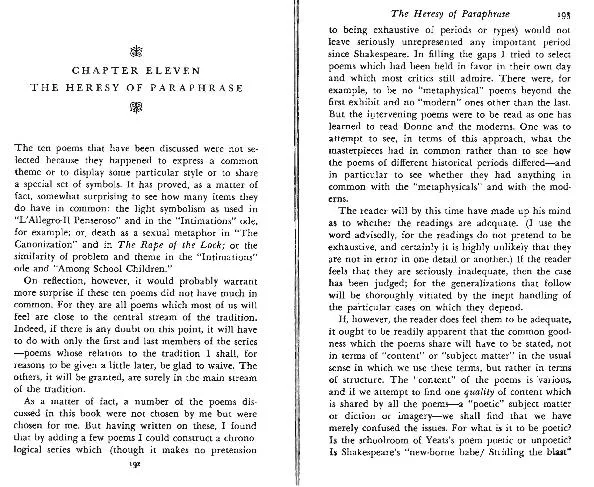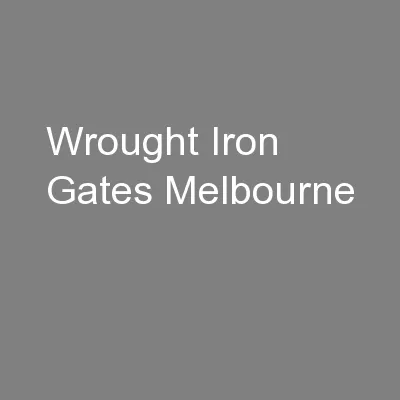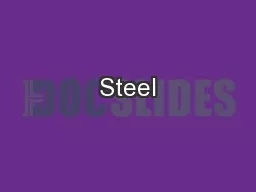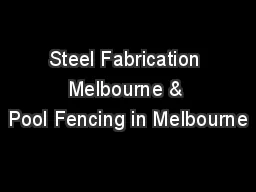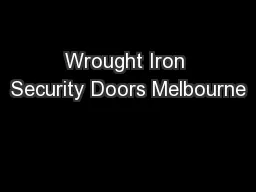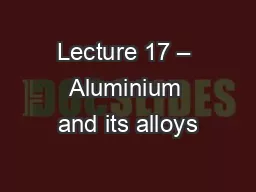PDF-beyond wrought materials
Author : sherrill-nordquist | Published Date : 2016-10-28
Think Centrifugally cast tubular components a smart and cost effective choice for many onshore and offshore applications By Alan Holtz Vice Pr esident of Sales
Presentation Embed Code
Download Presentation
Download Presentation The PPT/PDF document "beyond wrought materials" is the property of its rightful owner. Permission is granted to download and print the materials on this website for personal, non-commercial use only, and to display it on your personal computer provided you do not modify the materials and that you retain all copyright notices contained in the materials. By downloading content from our website, you accept the terms of this agreement.
beyond wrought materials: Transcript
Download Rules Of Document
"beyond wrought materials"The content belongs to its owner. You may download and print it for personal use, without modification, and keep all copyright notices. By downloading, you agree to these terms.
Related Documents

